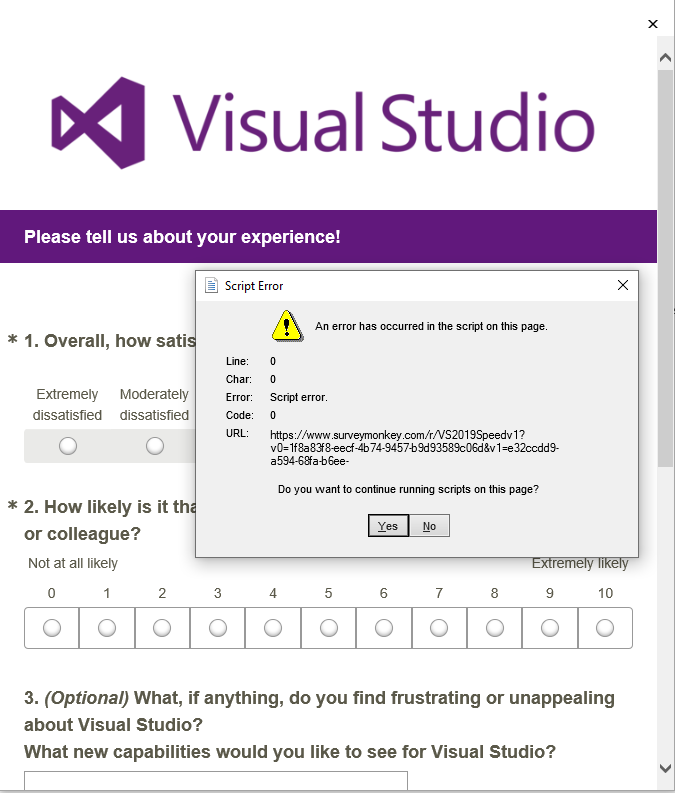[[_TOC_]]
## Introduction
Testing is any form of validation that verifies code. That includes not only structured validation using checklists, test plans, etc. but also informal testing, as when developers click their way through a UI or emit values in debugging output to a console.
_Automated testing_ covers the topic of all regression-style tests that execute both locally and in CI. This includes unit, integration, and end-to-end tests.
Testing is primarily a mindset.
You should think... [More]


